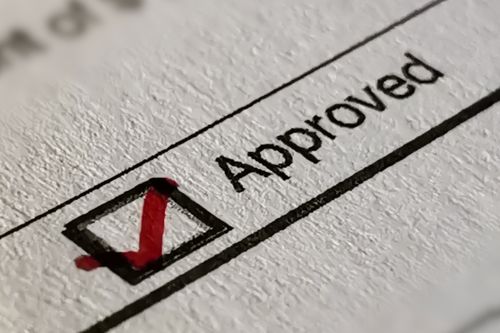Written for Bolton by Zachary Fritz, Sage Policy Group
Inflation, the defining element of the pandemic era economy, finally began to subside in late 2022. Consumer prices fell 0.1% in December, the first monthly decline since May 2020. Core prices (which exclude food and energy prices due to volatility) still increased 0.3% in December, but that translates to a 3.7% annual rate of inflation. Yes, that’s still above the Federal Reserve’s 2% target, but inflation returning to the mid 3% level would be a welcome development.
While inflation is beginning to subside, the damaging effects of the fastest price increases in more than four decades are increasingly apparent. Overall retail sales fell 1.1% in December and have now declined in two consecutive months for the first time since the end of 2020. Real retail sales (i.e., adjusted for inflation) are now down 3.8% from the peak in March 2021 and have fallen in 6 of the past 8 months.
Beyond retail sales, there are widespread signs of economic weakness. Delinquency rates on credit card debt are rising, up from a three-decade low of 1.6% in the third quarter of 2021 to 2.1% in the third quarter of 2022. This is still below the pre-pandemic level, but high interest rates make credit card delinquencies particularly damaging; the average interest rate on credit card plans rose to 19.1%, the highest level since at least the early 1980s, according to the Federal Reserve.
U.S. manufacturers understand the plunging level of demand and have cut back accordingly. Industrial production fell sharply in December, down 1.3% on a monthly basis, and other measures of manufacturing activity, like regional-specific indicators and privately produced purchasing manager indices, tell a similar story.
The labor market remains the last vestige of strength in the domestic economy. Hiring has slowed in recent months but remains fast by historical standards, and the unemployment rate currently sits at 3.5%, matching the lowest level since 1969. Given other signs economic weakness, it seems inevitable that the demand for workers will slow in the coming months.
Softening demand and slowing inflation are exactly what the Federal Reserve—which has raised the target range of the federal funds rate seven times since March, and with the current range at 4.25-4.50%, that’s the equivalent of 17 quarter percentage point hikes—wants to see.
But recession is still probable in 2023. According to a Wall Street Journal survey that polled 77 different professional, academic, and financial economists, there’s a 61% chance of recession this year. That’s down slightly from the 63% chance indicated by those forecasters in October 2022 but still the second highest odds dating back to October 2020. The recession predicted by the consensus forecast is, as of this moment, expected to be a mild one. Given the economic turbulence of the past year, a mild recession would be considered a win.
After 2023, conditions should improve. The Federal Reserve currently predicts that by 2024 the federal funds rate will be falling, inflation will return to just above a 2% annual rate, and economic growth will rebound, albeit to a moderate pace of expansion.




